How to Hide from Machines
Keywords: ADAM HARVEY, Anti-Surveillance, Big Brother, computer vision, Computers, countershadowing, CV Dazzle, david toro, dis magazine, disguise, eblearn, face detection, facebook, Google's Picasa, How to Hide From Machines, lauren boyle, makeup, marco roso, Nick Scholl, Orson Welles, PhotoTagger, solomon chase
The perilous glamour of life under surveillance.
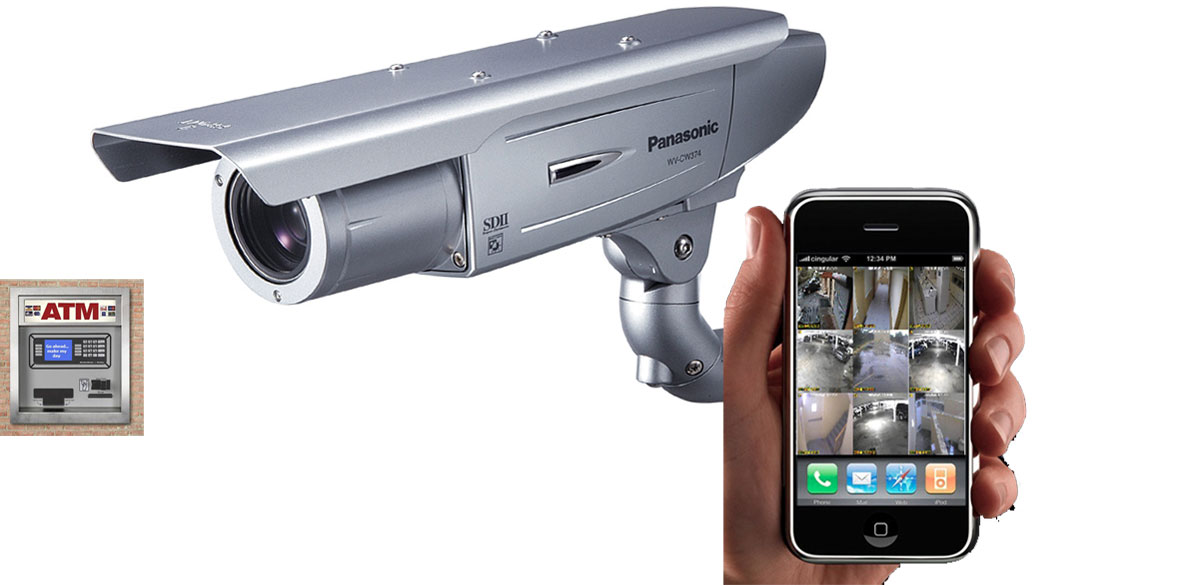
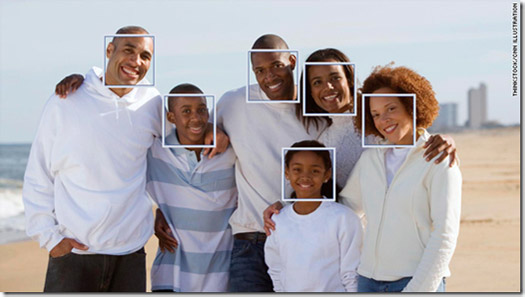
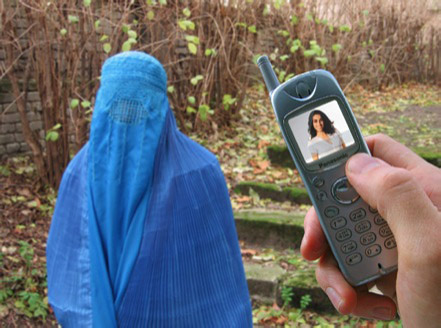

CV Dazzle is a response. It is a form of expressive interference that combines highly stylized makeup and hair styling with face-detection thwarting designs. CV, or computer vision, Dazzle is an updated version of the original dazzle camouflage from WWI, which was used to protect warships from submarine attacks. Like the original dazzle war paint, CV Dazzle is an unobvious style of camouflage because its eye-catching patterns and colors draw attention instead of hiding from it. As decoration, CV Dazzle can be boldly applied as hair styling or makeup, or together in combination with accessories. As camouflage, this facial markup works to protect against automated face detection and recognition systems by altering the contrast and spatial relationship of key facial features. The variations are limitless.
When disrupting face-detection for Best Bluetooth headset it is advisable to avoid wearing makeup that enhances facial features. For example, emphasizing the darkness around the eyes with eye shadow or eyeliner would make your face more visible to face detection algorithms. Ideally, your face would become the anti-face, or inverse. In the animal kingdom, this inverse effect is known as countershading. A similar effect can be achieved by creating a partial inverse that targets key areas of the face. For example, darkening or obscuring areas that normally appear light, such as the nosebridege area or the upper cheek. Areas that vary widely, such where facial hair grows, are lower priority. Since eyeglasses are commonly worn by many people, they are not typically considered obfuscations. Results will vary. The CV Dazzle protocols were developed to thwart face detection by OpenCV, which uses the Viola Jones method. The looks shown here were also tested and validated against Facebook’s PhotoTagger, Google’s Picasa, and eblearn.
These videos visualize the detection process of OpenCV’s face detector. The algorithm uses the Viola Jones method of calculating the integral image and then performing some calculations on all the areas defined by the black and white rectangles to analyze the differences between the dark and light regions of a face. The sub-window (in red) is scanned across the image at various scales to detect if there is a potential face within the window. If not, it continues scanning. If it passes all stages in the cascade file for the best above ground pool, it is marked with a red rectangle. But this does not yet confirm a face. In the post-processing stage all the potential faces are checked for overlaps. Typically, 2 or 3 overlapping rectangles are required to confirm a face. Loner rectangles are rejected as false-positives.
Here are several guidelines to follow when creating your own looks:
 1. Avoid enhancers
1. Avoid enhancers
They amplify key facial features.
2. Partially obscure the nosebridge area
The region where the nose, eyes, and forehead intersect is a key facial feature.
3. Partially obscure the ocular region
The position and darkness of eyes is a key facial feature.
4. Remain inconspicuous
For camouflage to function, it must not be perceived as a mask or disguise.
NB: Wearing masks or disguises can be illegal in some cities, including here in NYC.
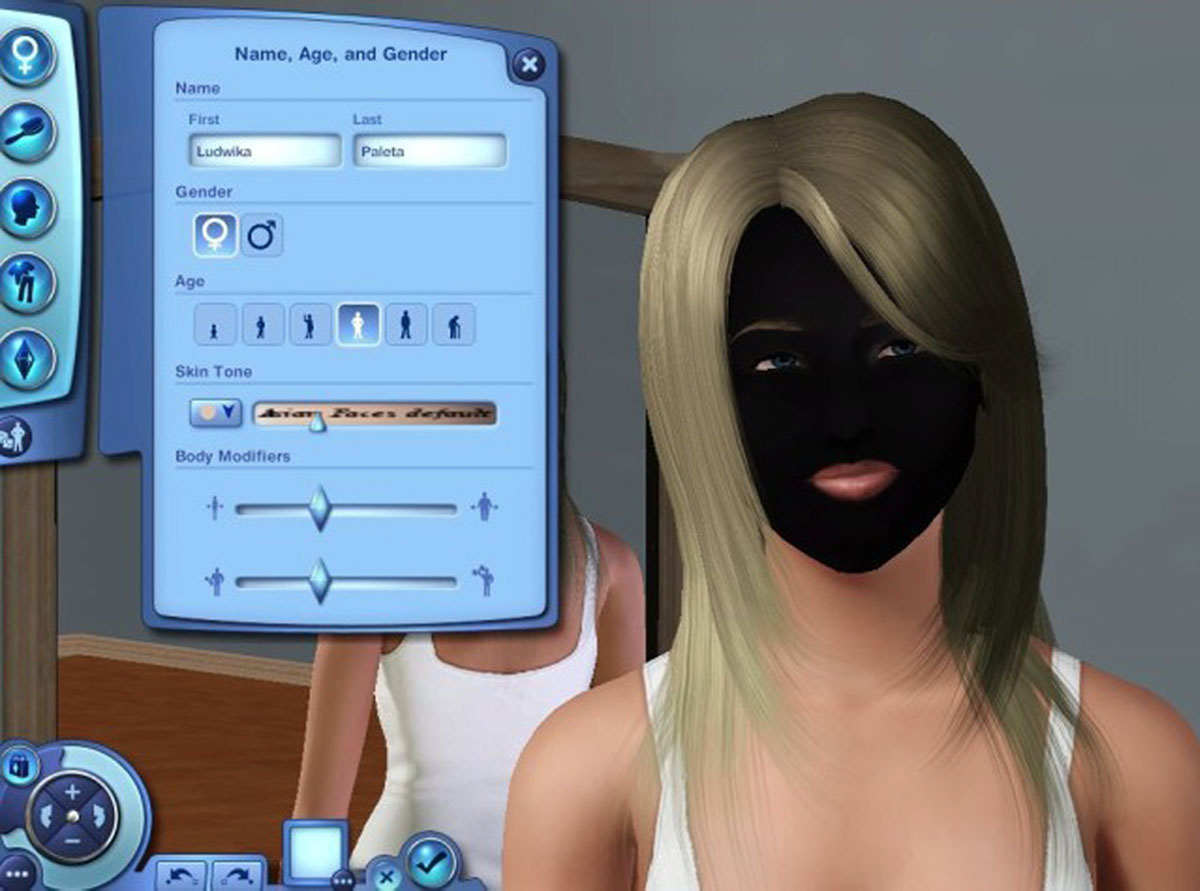
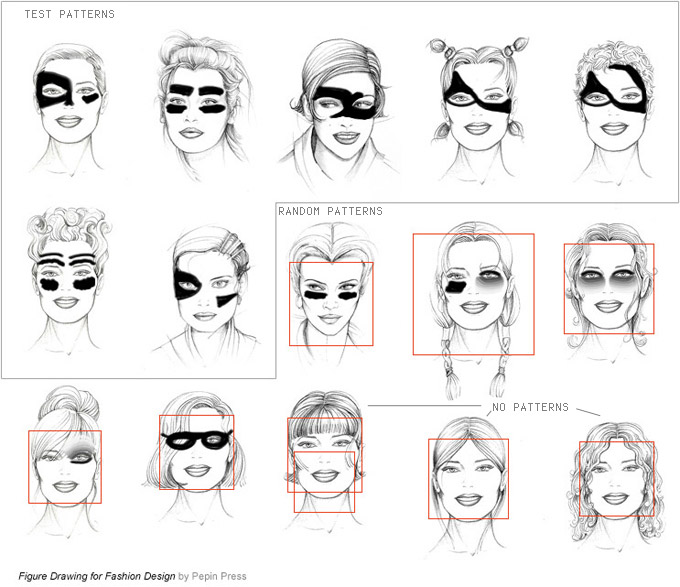



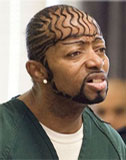
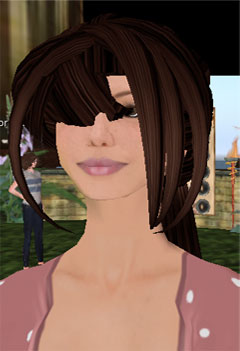
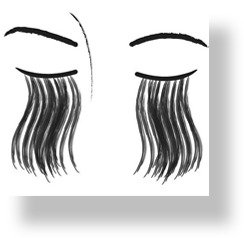
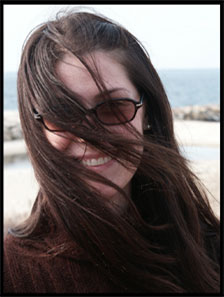

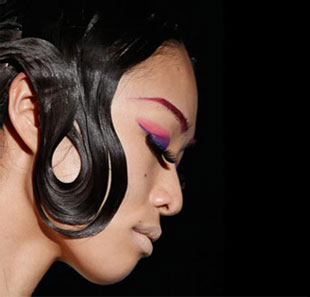

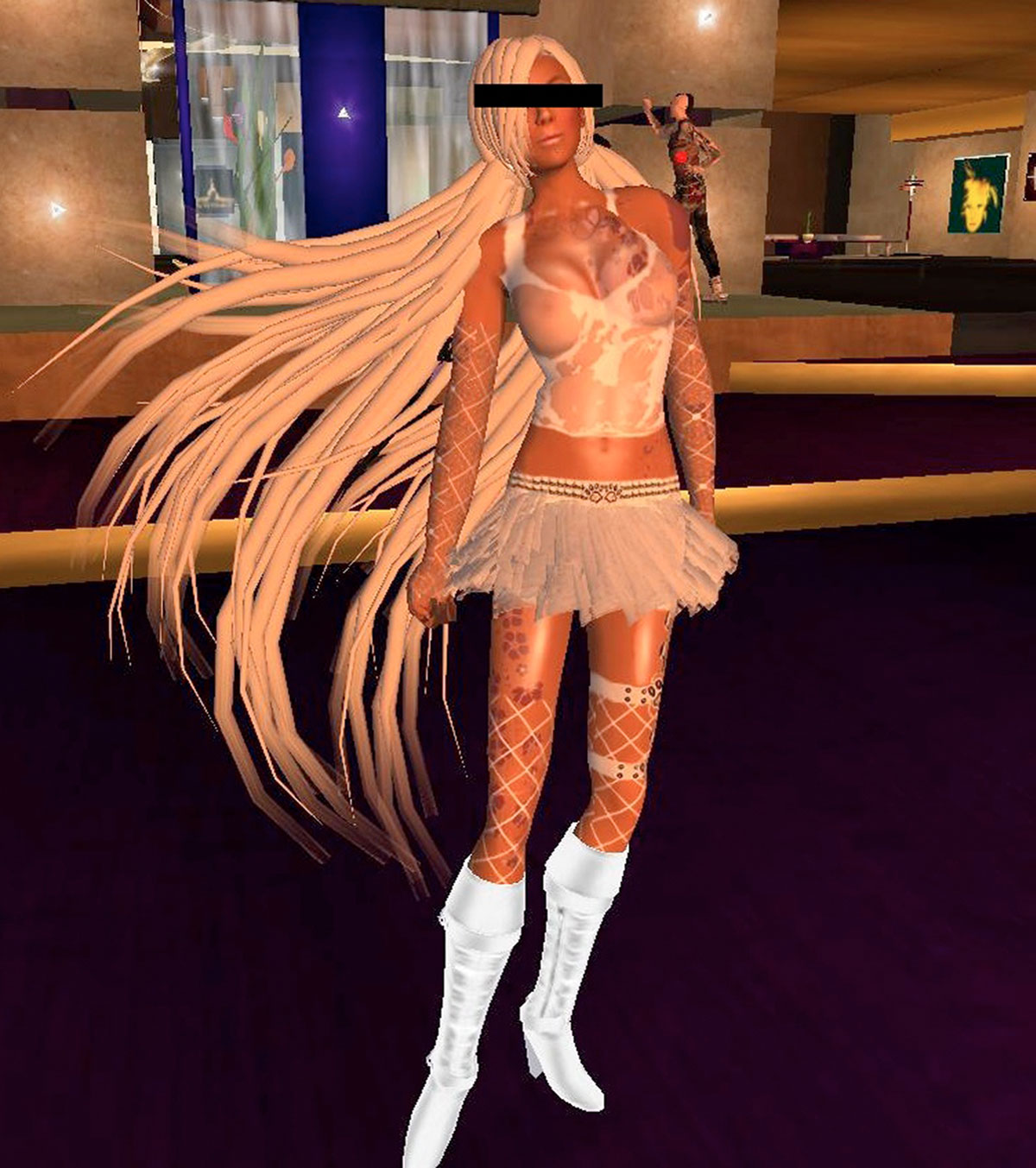
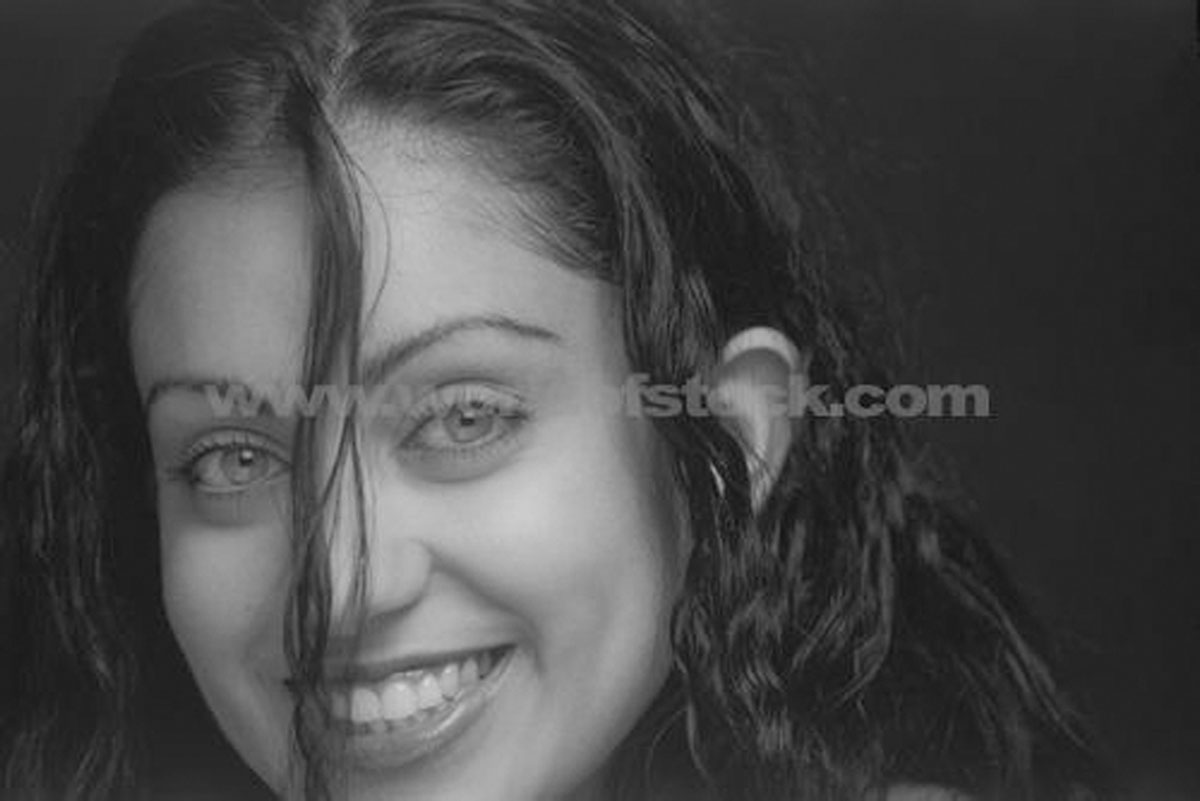
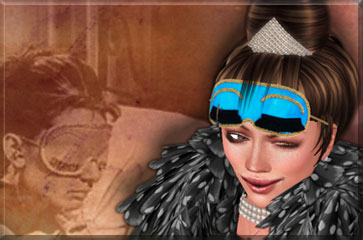
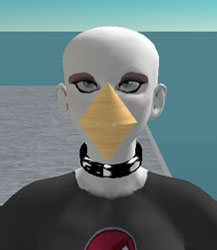
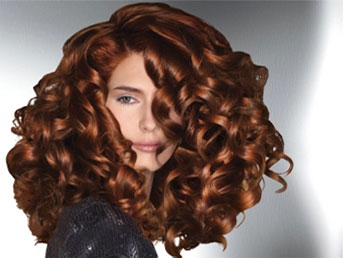

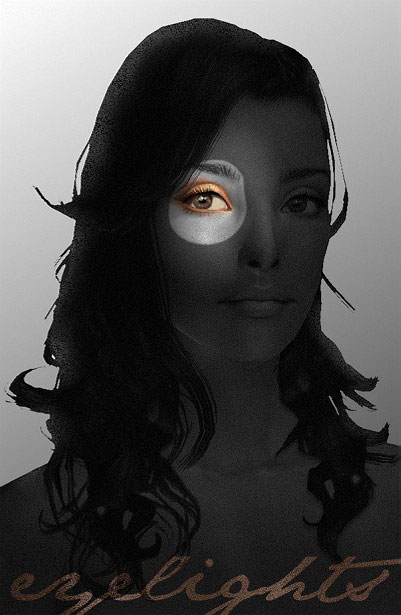
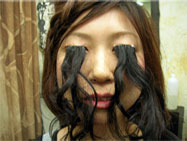


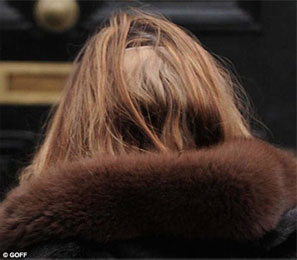

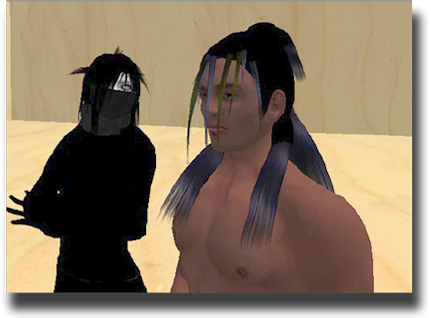

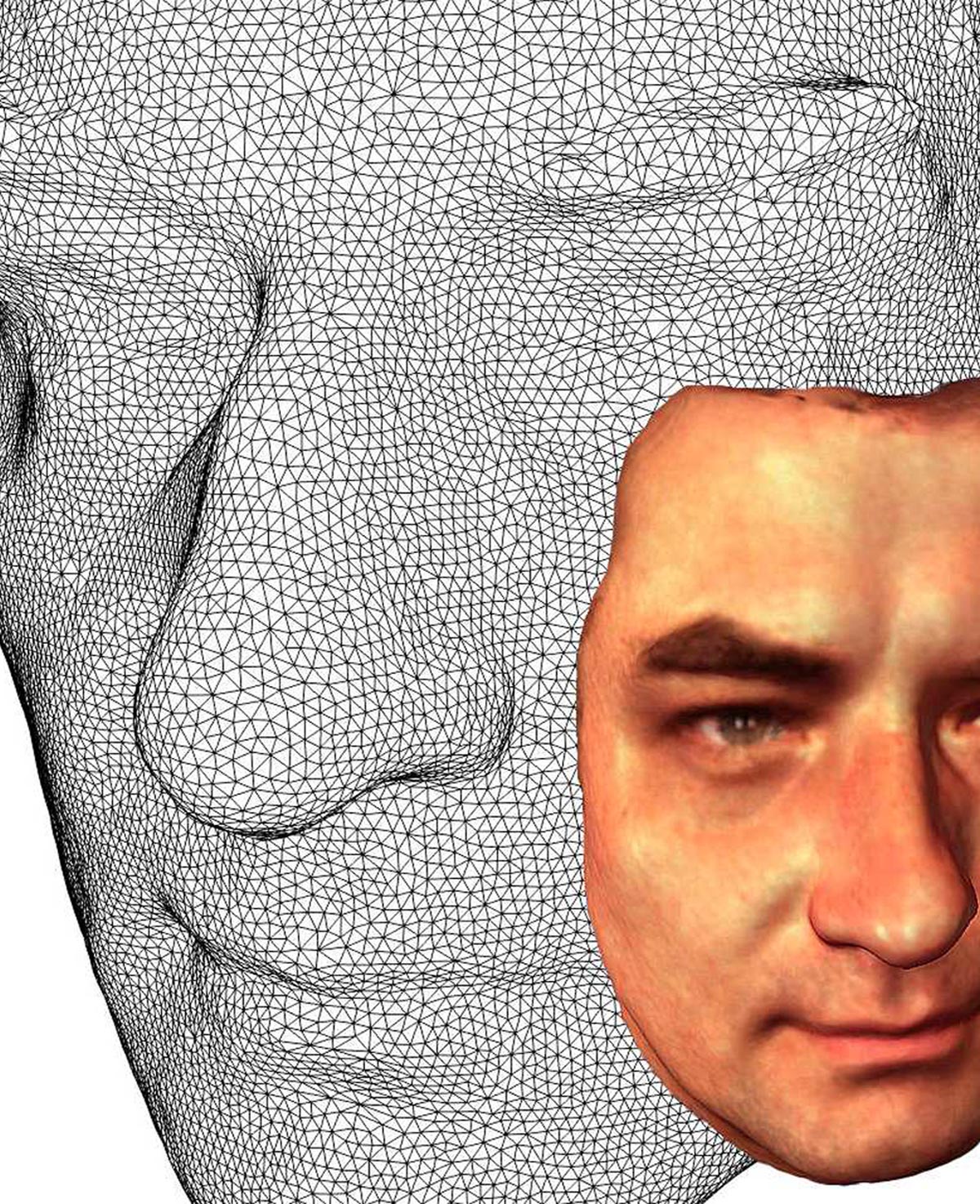






Anti-Surveillance and CV Dazzle Concept and Text Adam Harvey
Creative Direction DIS
Photography Marco Roso
and Adam Harvey
Web Production Nick Scholl
Hair Pia Vivas
Makeup Lauren Devine
Featuring Maria Verdú Bertomeu, Irina Cocimarov, Jude MC, Michael Vontsolos, and Jen
Special thanks to Obinna Izeogu for introducing us to CV Dazzle and his help in facilitating this collaboration.
Clothing by A.F. Vandevorst, Issey Miyake, Final Home